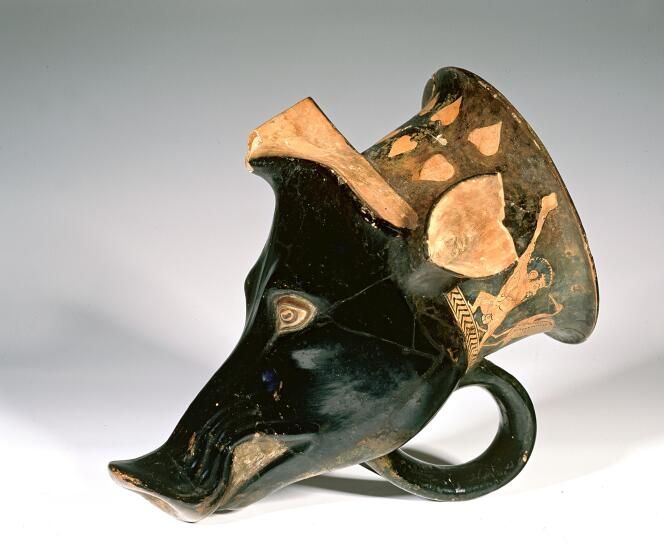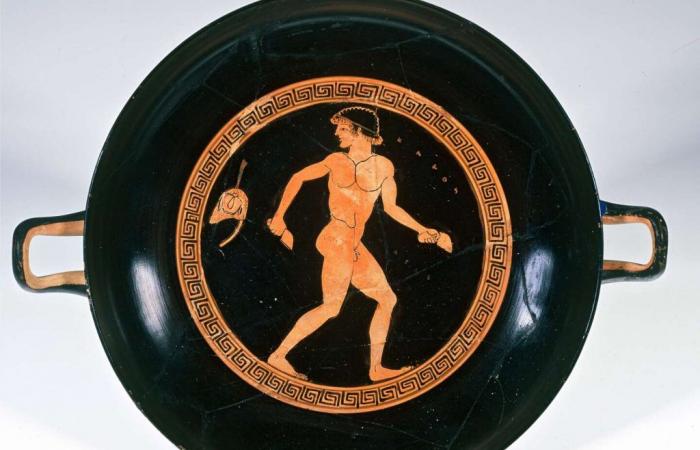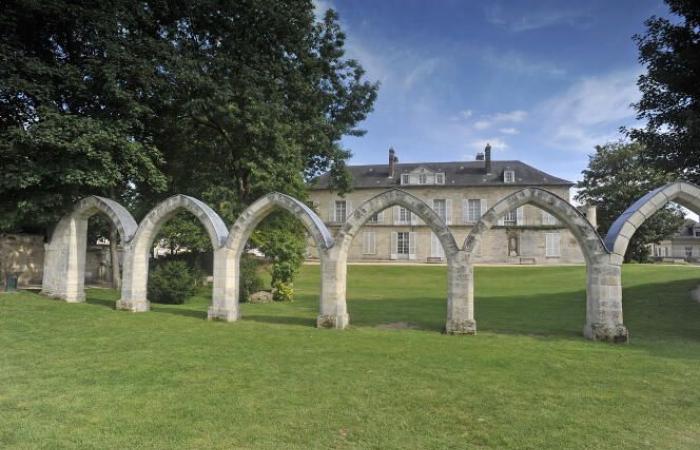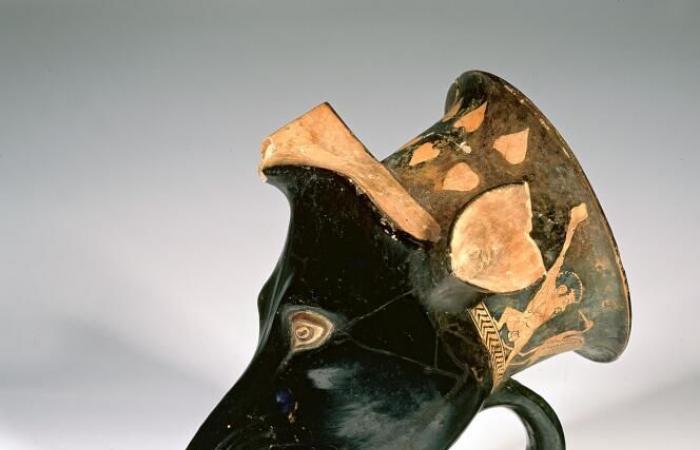As the inventory of French museums that are pulling out all the stops and doing everything they can to ride the Olympic wave of this summer of 2024 grows, one could consider that the exhibition “So Greek!”, presented at the Centre Antoine-Vivenel in Compiègne (Oise), is just another item on this list. That would be a somewhat short-sighted judgment. Because if the selection of ancient ceramics offered to the public does indeed begin with amphorae once offered in Athens to the winners of local competitions – the Panathenaic Games – it is not limited to that. It is first and foremost an opportunity to highlight the personality of the man who collected these objects, an extraordinary collector, Antoine Vivenel (1799-1862).
Born in Compiègne, this architect and entrepreneur made his fortune under the July Monarchy, and took advantage of the opportunity to visit auction houses. “He has the ambition to create a museum dedicated to all the arts and all civilizationsrecalls Delphine Jeannot, director of the Compiègne Museums. He collected about four thousand pieces from prehistory to the middle of the 19th century.e century, which he will bequeath to his hometown. He chooses them for their aesthetic interest – he has taste – but also for educational reasons because, for him, a museum is not a place to wander around but a place to study.
Hercules and Dionysus
Antoine Vivenel builds his “universal” collection with a scientific approach: “We have files from his hand accompanied by drawings as well as a catalog by category, underlines Delphine Jeannot. He acquired works from all continents but, like any collector of his time, he had a particular interest in Mediterranean antiquities. And at the forefront of these, some three hundred Greek ceramics. In this field, custom is to say that the Vivenel collection is “the most important in France after the Louvre”, even if, in fact, the comparison is hardly relevant given the overwhelming size of the Campana collection in the Parisian museum.

Nevertheless, one should not deny oneself the pleasure of visiting Compiègne, if only to admire vases that had not been visible for two years, due to the renovation of the museum. This made it possible to draw up a health assessment of the ceramics, several dozen of which passed through the hands of restorer Claire Gonnier: some of the collages were no longer holding and the objects were in danger of collapsing under their own weight. Cleaning, dismantling, and desalination of the pottery were on the agenda.
You have 49.75% of this article left to read. The rest is reserved for subscribers.








